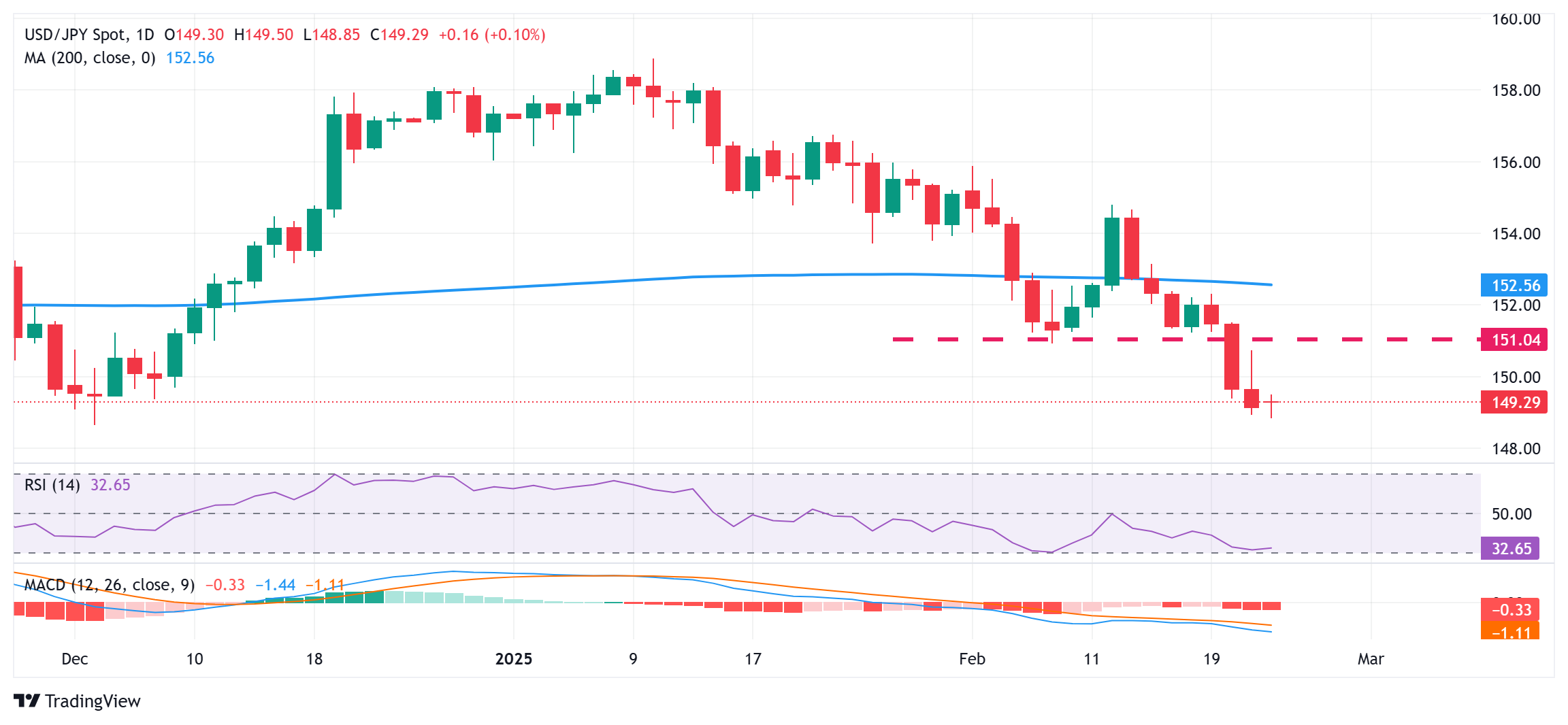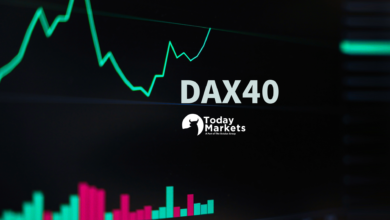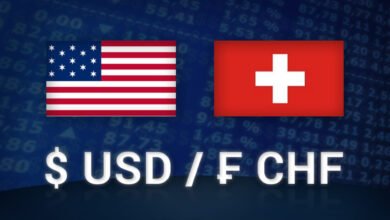Japanese Yen retains bullish bias near two-month high against broadly weaker USD

- The Japanese Yen climbs to an two-month high against the USD amid BoJ rate hike bets.
- Retreating JGB yields caps the JPY and assists USD/JPY to bounce off sub-149.00 levels.
- The emergence of fresh USD selling keeps a lid on any meaningful recovery for the pair.
The Japanese Yen (JPY) remains on the front foot against its American counterpart and climbs to the highest level since early December during the Asian session on Monday. Japan’s strong Consumer Price Index (CPI), along with the upbeat Q4 Gross Domestic Product (GDP) growth report released last week, reaffirmed bets that the Bank of Japan (BoJ) might hike interest rates more aggressively than initially thought. Adding to this, expectations that sustained wage gains would spur consumer spending validate hawkish BoJ expectations and continue to underpin the JPY.
Furthermore, the uncertainty surrounding US President Donald Trump’s trade tariffs and their impact on the global economy turns out to be another factor that benefits the JPY’s relative safe-haven status. Apart from this, the emergence of fresh US Dollar (USD) selling keeps the USD/JPY pair depressed near the 149.00 round-figure mark. Meanwhile, BoJ Governor Kazuo Ueda showed readiness to ramp up government bond buying if long-term interest rates rise sharply, triggering a further pullback in the Japanese government bond (JGB) yields and capping gains for the JPY.
Japanese Yen buying interest remains unabated amid rising BoJ rate hike bets
- Data released on Friday showed that Japan’s core inflation touched a 19-month high in January and reinforced expectations that the Bank of Japan will keep raising interest rates.
- BoJ Governor Kazuo Ueda warned on Friday that the central bank could increase bond buying if abnormal market moves trigger a sharp rise in the government bond yields.
- The yield on the benchmark Japanese government bond (JGB) retreats further from its highest level since November 2009 set last week and caps gains for the Japanese Yen.
- A disappointing sales forecast from Walmart raised doubts about US consumer health and drags the US Dollar to over a two-month low during the Asian session on Monday.
- The flash S&P Global US Composite PMI dropped to 50.4 in February, from 52.7 in January, pointing to a weaker expansion in overall business activity across the private sector.
- Separately, the University of Michigan reported that its US Consumer Sentiment Index dropped more than expected, from 71.7 previous to 64.7 in February, or a 15-month low.
- Moreover, households saw inflation over the next year surging to 4.3% — the highest since November 2023 — and running at 3.5% — the highest since 1995 – over the next five years.
- Federal Reserve officials remain wary of future interest rate cuts amid sticky inflation and the uncertainty over US President Donald Trump’s tariff plans and protectionist policies.
USD/JPY bears have the upper hand while below 151.00 support breakpoint

From a technical perspective, any subsequent move up is likely to confront stiff resistance near the 150.00 psychological mark. Some follow-through buying could lift the USD/JPY pair to last Friday’s swing high, around the 150.70-150.75 region, en route to the 150.90-151.00 horizontal support breakpoint. The latter should act as a key pivotal point, which if cleared decisively might trigger a short-covering rally and lift spot prices beyond the 151.40 intermediate hurdle, towards the 152.00 mark. The momentum, however, runs the risk of fizzling out rather quickly near the 152.65 area, representing the very important 200-day Simple Moving Average (SMA).
On the flip side, the 149.00 mark, followed by the Asian session low around the 148.85 region, now seems to act as an immediate hurdle ahead of the 148.65 area, or the December 2024 trough. Failure to defend the said support levels would make the USD/JPY pair vulnerable to accelerate the fall further toward the 148.00 round figure. The downward trajectory could extend further towards the next relevant support near the 147.45 region before spot prices eventually drop to the 147.00 mark.





